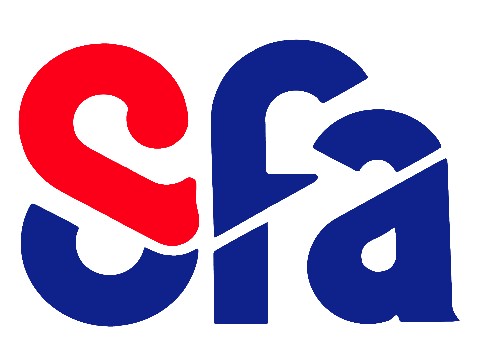Prediction of Transmission Loss using an improved SEA Method
Résumé
Statistical energy analysis (SEA) is a well-known method, also for prediction of transmission loss. The problem of this method is the estimation of the coupling loss factors, which are needed to calculate the energy transfer between the subsystems. It has been shown in previous articles on examples for structure-to-structure and structure-to-cavity coupling, that the statistical modal energy distribution analysis (SmEdA) is a good method for calculating this coupling loss factors. This approach relies on the basic SEA relation for coupled oscillators and on a dual modal formulation to describe vibrations of coupled subsystems. But only resonant modes relating to a frequency band are taken into account at this original formulation. That is the reason for developing an improved approach on the basis of SmEdA in the framework of the Marie Curie project "MID-FREQUENCY". At this improved method also non resonant modes are integrated in the calculation of the energies of the subsystems. The application possibilities and the advantages of the new improved method are demonstrated on the example of transmission loss of a plate between two finite cavities. The principal advantages are, that transmission loss can be predicted for non-diffuse sound fields and for different boundary conditions.
| Origine | Accord explicite pour ce dépôt |
|---|
Loading...


